Content for TS 23.303 Word version: 18.0.0
5.2 Service authorisation and revocation for ProSe Direct Discovery and ProSe Direct Communication
5.2.1 Service authorisation procedures
5.2.2 Service authorization update procedures
5.2.2.1 General
5.2.2.2 HSS triggered ProSe direct Service authorization update
5.2.2.3 ProSe function triggered ProSe Direct Service revocation (non-roaming)
5.2.2.4 ProSe function triggered ProSe Direct Service revocation (roaming)
...
...
5.2 Service authorisation and revocation for ProSe Direct Discovery and ProSe Direct Communication p. 40
5.2.1 Service authorisation procedures p. 40
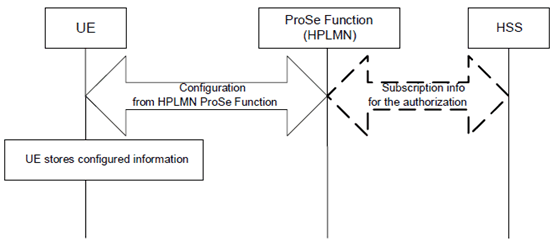
Figure 5.2-1: Pre-configuration for ProSe Direct Discovery or ProSe Direct Communication or both
(⇒ copy of original 3GPP image)
(⇒ copy of original 3GPP image)
The HPLMN pre-configures the UE with the authorization information for a list of PLMNs where the UE is authorized to perform ProSe Direct Discovery or ProSe Direct Communication or both and in addition information regarding out-of-coverage operation may be provided. If there is no associated UE context, the ProSe Function gets the subscription information for ProSe Direct Discovery and/or ProSe Direct Communication from HSS.
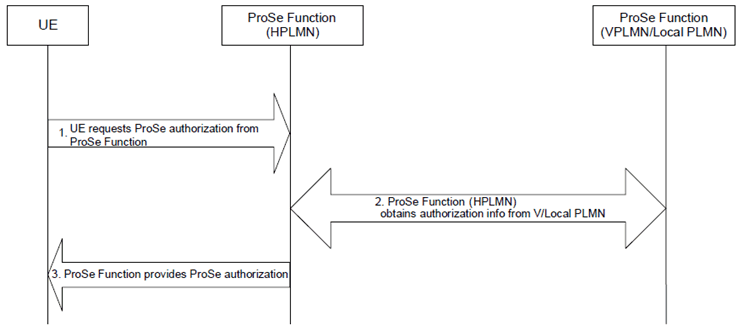
Figure 5.2-2: Service authorisation for ProSe Direct Discovery or ProSe Direct Communication or both
(⇒ copy of original 3GPP image)
(⇒ copy of original 3GPP image)
The UE gets the service authorisation for ProSe Direct Discovery or ProSe Direct Communication or both, with a given validity time, from the ProSe Function of the HPLMN. In addition, if the UE is authorized to use restricted ProSe Direct Discovery service, the ProSe Function of the HPLMN assigns a ProSe Discovery UE ID and sends it to the UE.
The service authorisation procedure is executed:
- before starting the setup of ProSe Direct Discovery or ProSe Direct Communication if the UE has no valid authorization information, or
- when the UE already engaged in a ProSe Direct Discovery or ProSe Direct Communication changes its registered PLMN and has no valid authorization information for the new registered PLMN, or
- when the service authorisation expires.
The UE requests authorisation for Direct Discovery or Direct Communication or both for HPLMN or for the VPLMN or for Direct Discovery for some Local PLMNs from the ProSe Function in HPLMN.
Step 2:
The ProSe Function in HPLMN obtains authorization info from Local PLMN or VPLMN and merges with own policy.
Step 3:
The ProSe Function in HPLMN provides authorisation info to UE. The authorisation info provided to the UE applies to the serving PLMN and to PLMNs determined by the HPLMN as Local PLMNs (e.g. based on the Serving PLMN) to be available to the UE. The UE stores the authorisation information obtained from this ProSe Function in a secure way. If needed at any point the authorization can be revoked by the ProSe Function in Local PLMN or VPLMN or Prose Function in the HPLMN.
5.2.2 Service authorization update procedures p. 41
5.2.2.1 General p. 41
The allowed PLMN for ProSe direct service can be updated at any point by the HSS or the ProSe function. And the ProSe function can be the ProSe function in HPLMN, in VPLMN or in Local PLMN.
The update of the allowed PLMN for ProSe direct service applies to ProSe Direct Discovery or ProSe Direct Communication or both.
If UE is authorized to use restricted ProSe Direct Discovery service, and the ProSe Function needs to update the ProSe Discovery UE ID before the UE context validity timer expires, the ProSe Function uses the ProSe Service Notification message to send the updated ProSe Discovery UE ID to the UE immediately or waits to the next time communication with the ProSe Function per operator's policy. The UE sends the updated ProSe Discovery UE ID to the ProSe Application Server via PC1 interface.
5.2.2.2 HSS triggered ProSe direct Service authorization update p. 42
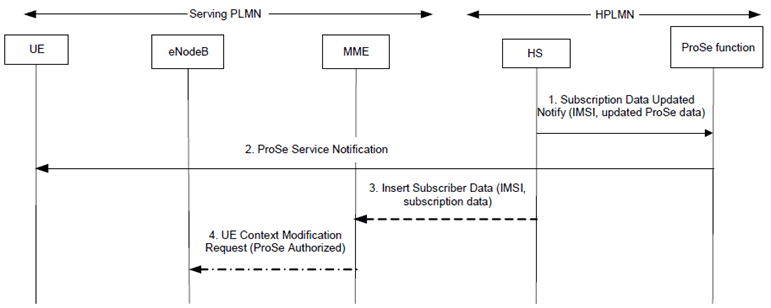
Figure 5.2.2.2-1: HSS triggered ProSe direct services authorization update
(⇒ copy of original 3GPP image)
(⇒ copy of original 3GPP image)
Step 1.
The ProSe related subscription data is updated, e.g. the authorization for ProSe direct discovery service is updated. The HSS sends a Subscription Data Updated Notify (IMSI, updated ProSe data) message to the ProSe Function in HPLMN. The Subscription Data Updated Notify message may add or remove the PLMNs from the allowed PLMN list for ProSe direct service. The updated ProSe data includes the indication and the PLMN ID. The PLMN ID is optional. If it is not included, it denotes the authorization for ProSe direct service (discovery or communication or both) identified by the indication is to be updated on all PLMNs. Otherwise only the authorization for ProSe direct service in the indicated PLMN is to be updated. Upon receiving the message, the ProSe Function in HPLMN updates the associated ProSe UE context if it has been stored before.
Step 2.
The UE get the updated authorisation for ProSe direct service via the ProSe Service Notification message immediately or waits to the next time communication with the ProSe function in HPLMN per operator's policy.
Step 3.
If the authorization for ProSe direct service includes the change to the PLMN which UE is registered, e.g. remove the PLMN UE registered from allowed ProSe direct discovery PLMN list, and the ProSe direct service to be updated includes ProSe direct discovery announcing or ProSe direct communication, the HSS notifies the updated ProSe subscription data to the MME via the Insert Subscriber Data message. If only the authorization for ProSe direct discovery monitoring is to be updated, the notification to the MME is not need. The MME updates the stored UE context.
Step 4.
If the S1 bearer is established, the MME sends the updated UE ProSe context to eNodeB via the UE Context Modification Request (ProSe Authorized) message. The eNodeB take the following action based on the updated "ProSe Authorized" indication.
5.2.2.3 ProSe function triggered ProSe Direct Service revocation (non-roaming) p. 43
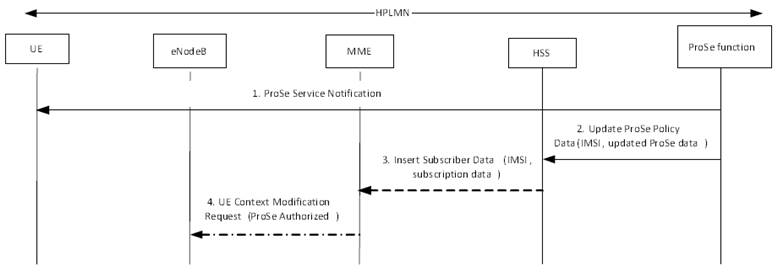
Figure 5.2.2.3-1: ProSe Function triggered ProSe direct services revocation (non-roaming)
(⇒ copy of original 3GPP image)
(⇒ copy of original 3GPP image)
Step 1.
The HPLMN ProSe Function decides to revoke the authorization for ProSe direct service, e.g. ProSe Direct Discovery service is revoked on one PLMN. The UE get the updated authorization for ProSe direct service via the ProSe Service Notification message immediately or waits to the next time communication with the ProSe function in HPLMN per operator's policy.
Step 2.
The ProSe Function notifies the HSS to change the subscription data by sending an Update ProSe Policy Data (IMSI, updated ProSe data) message. The updated ProSe data includes the indication and the PLMN ID. The combination of the indication and the PLMN ID denotes the authorization for ProSe direct service (discovery or communication or both) identified by the indication is to be revoked on the indicated PLMN. Upon receiving the message, the HSS updates the ProSe subscription data.
The description of steps 3-4 are the same as steps 3-4 in clause 5.2.2.2.
5.2.2.4 ProSe function triggered ProSe Direct Service revocation (roaming) p. 43
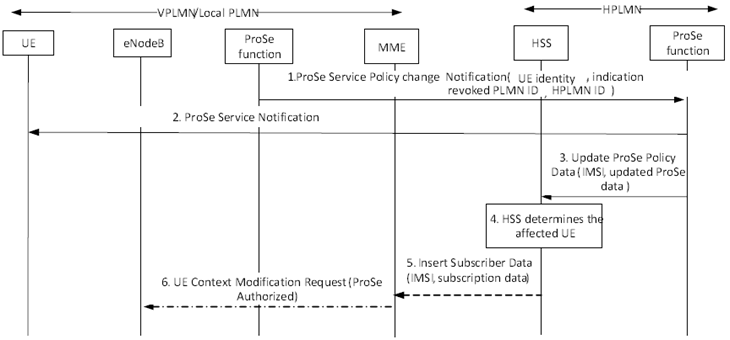
Figure 5.2.2.4-1: ProSe Function triggered ProSe direct services revocation (roaming)
(⇒ copy of original 3GPP image)
(⇒ copy of original 3GPP image)
Step 1.
For each affected UE the HSS trigger the update procedure as the steps 5-6. The description of steps 5-6 are the same as steps 3-4 in clause 5.2.2.2.
The VPLMN or Local PLMN ProSe Function decides to revoke the authorization for ProSe direct service, e.g. ProSe direct discovery service is revoked for the inbound roamer. The VPLMN or Local PLMN ProSe Function sends a ProSe Service Policy change Notification (UE identity, indication, revoked PLMN ID, HPLMN ID) message to HPLMN ProSe Function. The UE identity is optional, e.g. it is not included if the Local PLMN ProSe Function wants to revoke ProSe direct discovery service for all UEs of the HPLMN. The UE identity can be either IMSI or MSISDN. If UE identity is not included in the message, the ProSe direct service to be revoked aims to all the UE from the indicated HPLMN ID. The combination of the indication and the revoked PLMN ID denotes the authorization for ProSe direct service (discovery or communication or both) identified by the indication is to be revoked on the indicated PLMN.
Step 2.
The UE get the updated authorization for ProSe direct service via the ProSe Service Notification message immediately or waits to the next time communication with the ProSe function in HPLMN per operator's policy.
Step 3.
The HPLMN ProSe Function notifies the HSS to change the subscription data by sending an Update ProSe Policy Data (IMSI, updated ProSe data) message. If the UE identity is received in step 1, the ProSe Function includes the IMSI of the UE in the message. The updated ProSe data includes the indication and the Revoked PLMN ID received in step 1.
Step 4.
If the IMSI is not received, the HSS determines the affected UE based on the revoked PLMN ID, i.e. all UE's whose ProSe direct service authorization includes the revoked PLMN ID, and updates the corresponding ProSe subscription data.